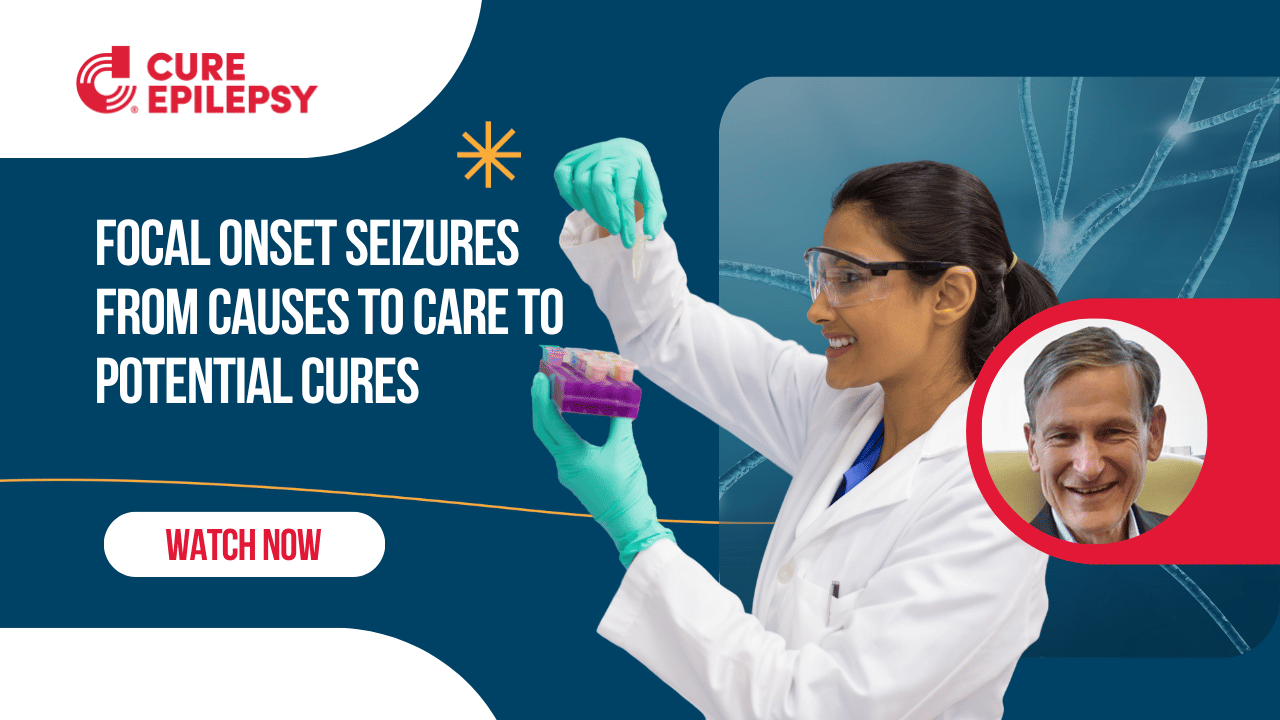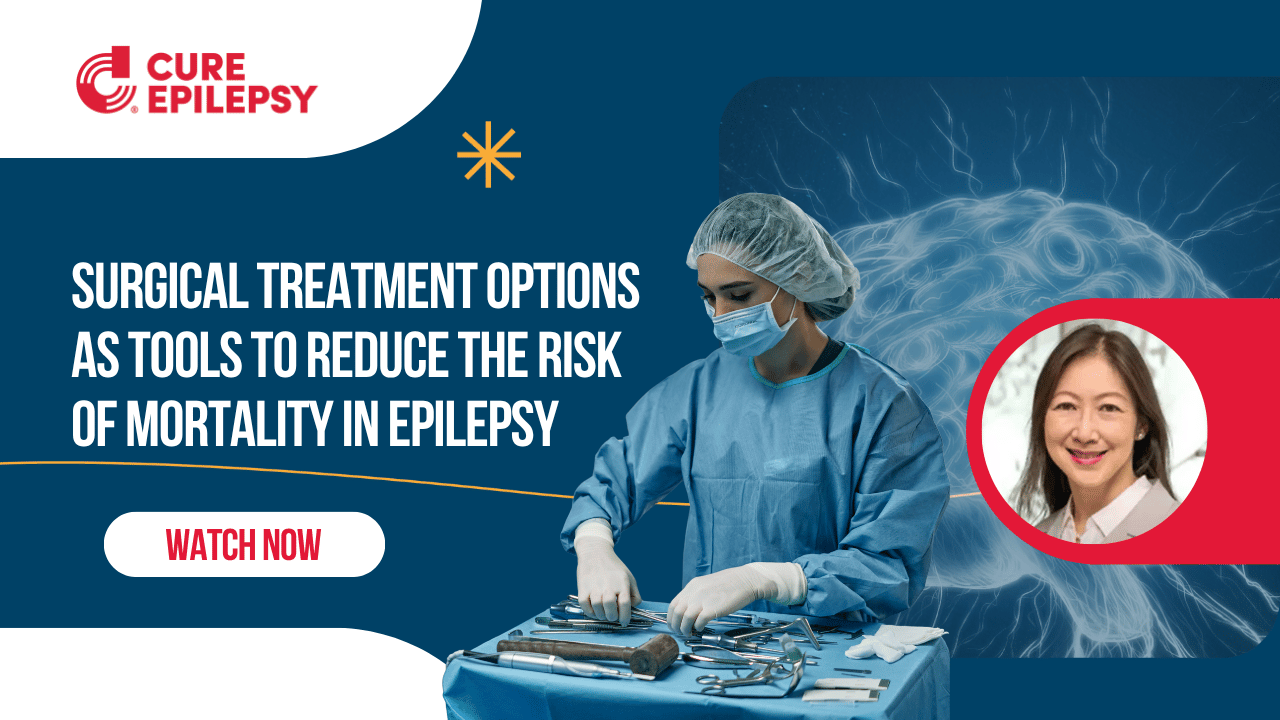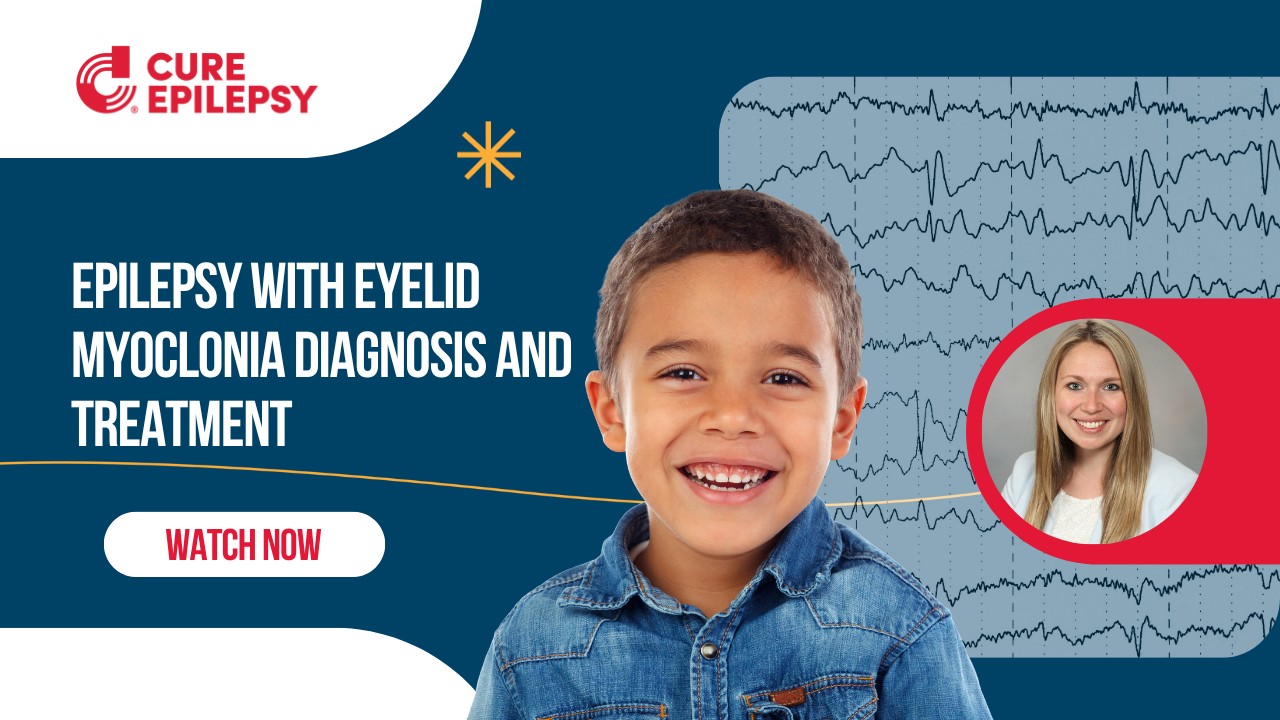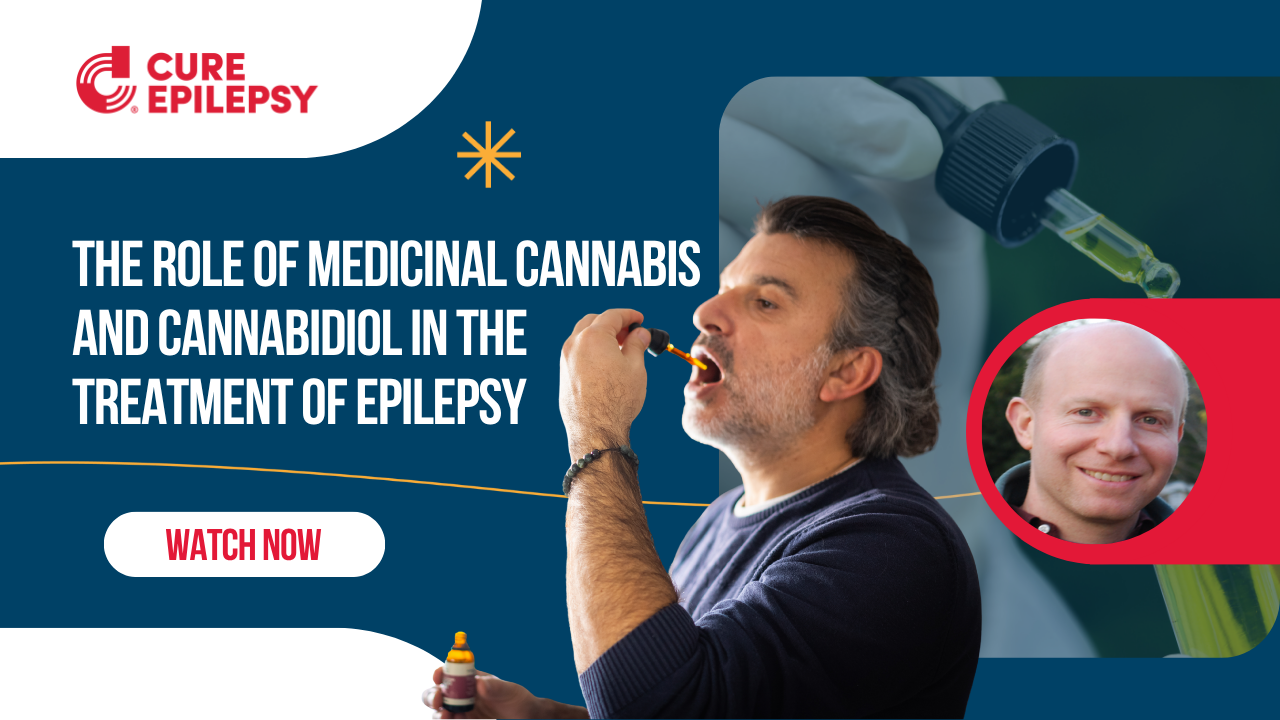Developing treatment options for rare diseases
Rare diseases are generally defined as those diseases that affect fewer than 200,000 people in the United States1. However, there are many diseases that are caused by genetic mutations that only impact a handful of individuals worldwide. In these cases, the small number of patients present a variety of challenges to identifying and developing effective treatment options including a long diagnostic journey, often with misdiagnosis and the high cost of clinical trial development.
Treatments for nano-rare diseases
This webinar will highlight the work of the n-Lorem Foundation. The n-Lorem Foundation is focused on creating free, individual treatments for people with what are termed nano-rare diseases, caused by genetic mutations that affect 30 patients or fewer in the world. 40% of n-Lorem Foundation patients suffer from epilepsy, and these individuals may benefit from more individualized genetic treatments that meet the unique needs of each person. This webinar will discuss the use of individualized antisense oligonucleotide (ASO) treatments for patients with nano-rare epilepsies. ASOs are short strands of modified deoxyribonucleic acids (DNA) that can be developed rapidly and inexpensively and can specifically target and potentially halt the development of the disease-causing proteins, thus attempting to change the course of the disease.
1 Jo, A. et al. BMJ Open 9, e027248 (2019).
Q&A Transcript
Can you speak to families that have a diagnosis of LGS or Jeavons or infantile spasms? How do they think about this technology? Is it right for them or not yet?
Honestly, it is very specific to every single mutation and I think that’s the unfortunate reality. And as much as that doesn’t help broadly speaking, and I think that’s what we’re really finding, especially in some of these cross patient groups, is like how can we actually give you a much more informative answer than that? What we have started to put in place is almost even a, we started pre-submission type of assessment, if you will, is almost even just like a triaging because we do have a lot of questions like that. So for my patient community, we have this type of mutation or this type of mutation or we have here these two which are affecting three people or five people, and what do we do? Should we find a physician? Should we submit an application? And so I think that’s the best that I can offer is that I think what we found is typically, first of all, the prevalence of the mutations is very important, obviously.
The functional consequence of the mutation. If we understand the functional consequence and if there is a realistic ability to affect the consequence of that mutation. So ultimately, for example, null mutations, ASOs aren’t able to help, those are typically going to move into the gene therapy space to some extent. We do know a hundred percent for as far as the organ system, obviously these are all C N S, but I think we get those questions a lot as, so if we want to target the muscle or if we want to target lung and things like that, those are also areas that we cannot target. So I think part of it is understanding what ASOs cannot target. So some of that also is really focused on the mutation but focused a little bit broader than that. And so I think that would be my suggestion is really in thinking about those questions is to say, the first question is what does the mutational spectrum look like for each of those areas that you mentioned, those patient groups and to say, okay, do we have some functional consequences that are well understood? Are the prevalences in these regions that would apply here? And all this is really driven by what these F D A guidance documents provide. They’re very specific, actually, refreshingly specific on the type of patients that actually qualify for these because this is a different drug discovery and development path than a commercial program. So it’s a much abbreviated path. And that’s very important for all of the patient communities to know is that these go specifically from a single G L P animal talk study right into the patient. Whereas in traditional clinical trials you go multiple animal talks, phase 1, 2, 3, et cetera. And so that’s why the F D A is very specific on what are the characteristics of patients that are actually suitable for this path. And some of those characteristics are in the genetics, it’s in the clinical manifestations, it’s in what is the other treatment landscape.
So that’s another element as well, is really just do we have a sense of, well, there are all these other treatments that are already really targeting these patient populations. So this is really focused on patients who just really and truly don’t have any other options.
How does that work get funded and if it’s not done by n-Lorem, how does that research get accomplished so that it can perhaps inform you?
It’s really variable honestly. And I think the most interesting, it’s actually fascinating, sometimes you will find a mutation that will have evidence for having gained a function consequence in some circumstances and loss in others. And some you might not necessarily very clearly be able to understand it and it could just require a little bit more research in a particular lab. Most of the research that’s happening is back into the lab of the submitting physician for the most part. So that’s only helpful, however, if one, a patient is connected with the physician who is also a lead researcher in that particular gene. And so I think what we’re working to do, and we have a couple of potential partnerships where there could enable almost a proof of concept lab to some extent, where you say, okay, this could be amenable if we have X, Y, Z data that will then get us over the ability to make that decision as far as do we have an ASO strategy or not?
And so that’s very much something that we’re working on now is to have a more centralized location. So as with a lot of rare diseases is how are we looking across diseases? So instead of saying we’re focusing on the gene, if we’re saying, well, here’s a type of study, here’s a type of experiment that is often missing, if we could only have this capability to do this for many different genes or for different patients in a more centralized type of location, I think that’s what we’re aiming to do in the future as well. That research piece is so important.
What are some of the reasons for declining an application for an ASO? And you’ve talked about some of those, but can you fill in any other information? Why would you decline an application?
Yeah, so the primary reason to decline is really around the mutation itself and the consequence of the mutation. So again, whether it’s ultimately a functional consequence that we can’t, so if it’s a null mutation, we still continue to have some of those. It also depends on the gene itself. So for example, if we’re looking at trying to upregulate, well, upregulation is not the same across the board. That’s going to be driven by specific characteristics of that particular gene itself. And so then it comes down to, well this particular gene has these different characteristics. So again, most of the decline is really related to the clinical or to the genetic, to the genotype. And so really trying to, from a technical perspective, address whether we feel at all antisense technology can help. Now there are a small, I think proportion as well where the physicians or the patients will ultimately be presented in a way that it isn’t entirely clear.
Well, the gene is the causative gene, so that we do have a handful of patients that will have maybe two mutations or more. And ultimately these are really driven towards having single mutations in a causative gene with that being very apparent. We have a number that will then creep above the 10 bus 20, 30, 40, 50 patient range. And so I think we’re not there where right now we’re really stricken directly to the guidance. I think eventually over time, one could envision that there could be a path even for if it’s an experimental ASO for almost like an intermediate population, if you will, that doesn’t exist at this stage. So that’s another reason as well. Let me think. There’s a number of patients that will be, if it’s again trying to target the muscle or cardiovascular, things like that where we don’t have a validated route of administration that we’re leveraging as part of n Lorem.
Are n-Lorem applications only available for patients that reside in the US?
Yeah, it’s an important question. And right now we only have F D A guidance to under which these patients can be treated. We have significant efforts at this point with Canada and the UK to really evaluate and try to really forge the path in partnership with those regulatory agencies, to define a path based on other partnerships in those countries. We do have a lot of patients actually starting to apply or physicians from other countries that were, I think, trying to assess on almost a case-by-case basis. But for the most part, and it’s only if we already have an ASO for that particular mutation, which is highly unlikely, but I think the goal is to help as many patients as we can, but we have to start somewhere and that’s here in the US.
What is the current cost structure for patients and what do you foresee for the future?
So ultimately the patients don’t have any obligation for the cost of these drugs and the physicians themselves. N-Lorem covers all of the costs from the point of patient acceptance through to all of the drug discovery and development and talk studies, as well as manufacturing. The physicians and the institutions are then required and obligated to support from the treatment on, and so that’s what we’re working through. So typically this should not be, and most physicians are having insurance will be billed for what can be billed and institutions will cover some of the other costs. Some others have philanthropic funds. I think the reality is that each institution is handling this differently and that every institution needs funding for it and they all should get funding for it, honestly. I think one of the biggest challenges that we continue to see with the physicians is that they’re doing this in their nights and weekends time, physicians who are entirely clinical who don’t have any research time.
And I think for someone who’s not necessarily in that space, we all cannot appreciate how busy, how many individuals, like our loved ones that they’re caring for, and then to say, okay, well, and in my own personal family time, I’m going to spend on this particular patient for n-Lorem. So I think that’s what we’re trying to really understand, and I’m personally spending a lot of time right now is trying to understand what are the costs, specifically? What does that actually entail and should this be integrated into what the cost structure could look like for these treatments moving forward? Because ultimately the patient should not have to carry the burden for these costs. But at a minimum, I can say there is no cost for the drug itself.
The information contained herein is provided for general information only and does not offer medical advice or recommendations. Individuals should not rely on this information as a substitute for consultations with qualified healthcare professionals who are familiar with individual medical conditions and needs. CURE Epilepsy strongly recommends that care and treatment decisions related to epilepsy and any other medical condition be made in consultation with a patient’s physician or other qualified healthcare professionals who are familiar with the individual’s specific health situation.









